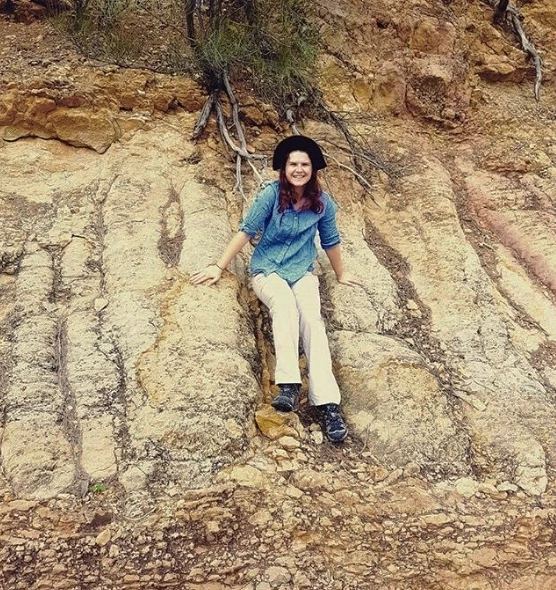An international team of scientists is conducting the experiments designed for NASA's Perseverance Mars rover here on Earth. Led by University of New South Wales (UNSW) Sydney astrobiologist Bonnie Teece, the purpose is to provide a baseline with which to compare the data returned from the Red Planet.
When the Perseverance rover touches down on Mars on February 18, 2021, it will carry the first suite of experiments to directly seek life on another planet since the Viking missions of the 1970s. Until now, post-Viking missions have sought evidence that life could exist on Mars in the present or the past, but Perseverance will look for biosignatures in rock samples. That is, organic molecules that could be produced by microorganisms.
However, the data collected by Perseverance won't be of much use if it isn't reliable. This is what happened with the Viking experiments that produced ambiguous results that could indicate signs of life or simply be due to volatile chemicals in the Martian soil.
"If you just simply have one line of evidence, it may not actually be real – it may be an artifact of contamination, or it might look like life, but isn’t,” says Teece. "This is why it is so important the Rover has a diverse payload of instruments that can investigate and probe sediments in different ways on Mars to look for the best candidates for life."
To keep similar data problems from happening with Perseverance, the team, which includes researchers from Macquarie University and the University of Missouri, collected samples from the Flinders Ranges in South Australia, which is a dry, dusty region analogous to Mars. These samples were then analyzed using the same methods as the rover, though using conventional laboratory equipment and without the elaborate robotic handling systems.

By carrying out the same tests as Perseverance's MASTCAM-Z survey camera, PIXL lithochemistry X-ray instrument, and SHERLOC spectroscopic instrument, the team could find where samples had suffered the worst degradation and where the most reliable samples could be collected, as well as the chemical composition of the sample areas. In addition, they could show how hot the rocks became over their geological history, which is important because high temperatures can destroy organic compounds.
"What is interesting is that we did find signs of ancient microbial life from the Cambrian period – which is when animals first evolved on Earth," says Teece. "We found biomarkers, we found organic compounds, and we found physical fossils and minerals that are associated with biology on Earth.
"The key is by using multiple lines of inquiry. If physical fossils have been obliterated by some kind of geological process, like sandblasting – a huge issue on Mars – then you need to find other ways to look for signs of life. This is one of the reasons we also look for complementary information like the chemical composition of the rocks.
"This means we're getting a fuller, more robust picture of this point in geological time. And that's what the rover will be getting on Mars because it will be using these different tools."
The findings were published in Astrobiology.
Source: UNSW




